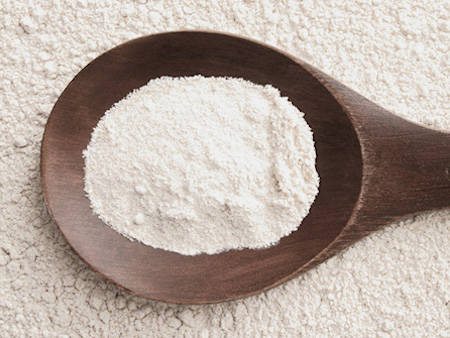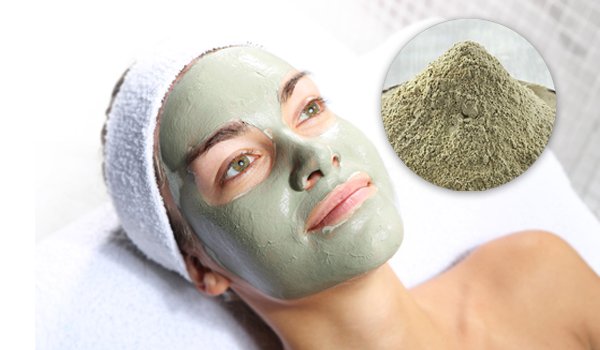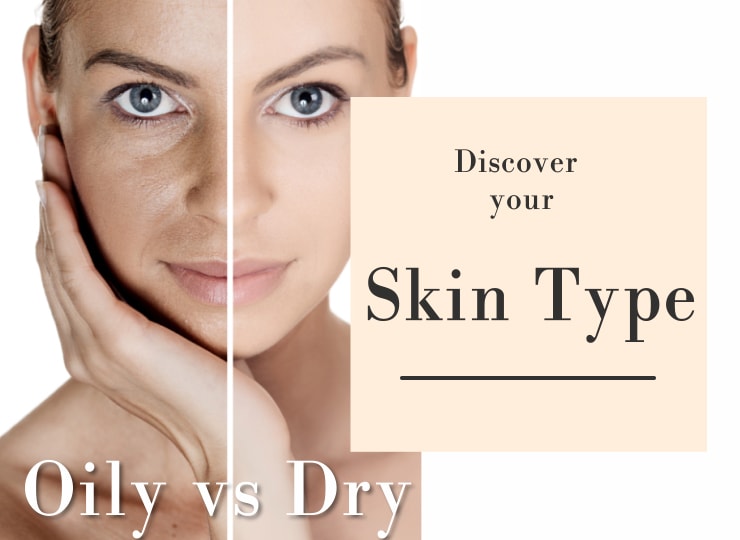Queen’s, it’s time to discuss dandruff and your natural hair. Many of us are too embarrassed to admit we have it. Dandruff is a common problem for many natural-haired women, but a lot of people are ashamed to admit it or even talk about it. Well, ladies, it’s time to face the music and get to the root of why you have dandruff. In this post, you’ll learn about annoying dandruff and how to get rid of it.
WHAT IS DANDRUFF?
If you have dandruff, your scalp is probably dry, flaky, and itchy. Dandruff is not contagious and does not happen because of a lack of personal hygiene, contrary to popular belief. In fact, some people that experience dandruff at an early age report that it subsides as they grow older.
Dandruff is a reaction of the scalp that makes your skin’s cellular cycle occur more often. Those who suffer from dandruff tend to have an overabundance of a naturally occurring scalp fungus called Malassezia.
What causes dandruff? You can blame the weather. The cooler and dryer the climate, the more you might have dandruff. Your scalp gets drier when there are fewer water molecules in the air, so you’re more likely to experience dandruff in a place that has dry winters.
How you wear your hair also matters. Dandruff buildup in braids is typical if you leave the braids installed longer than five weeks and overuse products.
Certain medications can cause your scalp to flake too so you may want to research side effects of both the drugs and the illness.
Another cause of dandruff is a condition known as seborrheic dermatitis. Read more about this condition below.
WHAT IS THE DIFFERENCE BETWEEN DANDRUFF AND BUILDUP?
When looking at dandruff and natural hair, it’s common for individuals to mistake buildup with dandruff. After all, they both leave flakes in the hair.
Although buildup can cause dandruff, they are not the same conditions. Buildup is an accumulation of products that dry and flake in the hair.
So, what’s the difference between dandruff and buildup? Dandruff flakes are usually white, itchy, and occur primarily on your scalp.
On the other hand, buildup flakes are more translucent than white. And buildup flakes tend to be located on the hair strand, and not on your scalp.
Buildup appears primarily in areas where you’ve applied a product, whereas dandruff causes flaking on the scalp.
If you have big dandruff flakes, you might just have a dry scalp. Large flakes are usually dead skin. Try doing a healthy scalp massage with Jamaican Black Castor Oil or Olive Oil to exfoliate the skin and bring new skin to life.
SEBORRHEIC DERMATITIS

Seborrheic dermatitis is a chronic skin condition that inflames the skin. It resembles eczema and psoriasis and appears where the skin is the oiliest, including your scalp, face, and inside the ear.
Seborrheic dermatitis gives a dry, flaky scalp like dandruff does. However, the way the scalp flakes is different than that of dandruff.
Dandruff is a symptom of seborrheic dermatitis, but there are other ways to be able to determine which condition you have.
Those who suffer from seborrheic dermatitis cannot use traditional over the counter medicated shampoos as they are usually too weak to be effective.
Dandruff often makes small flakes on the scalp, while seborrheic dermatitis looks more like red or yellow scaly patches. Another characteristic of seborrheic dermatitis is that the skin can stick to the hair. This can cause thinning of the hair due to damaged follicles.
You should see a dermatologist to get treatment if you experience any of these symptoms.
BEST DANDRUFF SHAMPOO FOR NATURAL HAIR
Head and Shoulders for African American Hair
Who says that Head and Shoulders doesn’t cater to natural-haired women? They developed Head and Shoulders Moisture Care Co-Wash for women with kinky hair because they understood the importance of keeping natural hair moisturized. It contains ingredients that help combat the dry scalp associated with dandruff and relieves itchiness and irritation.
Mizani Dandruff Shampoo for African American Hair
Mizani shampoo is another excellent choice to help relieve dandruff. It’s pricier than many mainstream shampoos, but they have several products to choose from, including a line for naturals.
NATURAL HAIR REMEDIES FOR DANDRUFF
Are you trying to avoid mainstream medicated shampoos to treat your dandruff problem? That’s understandable. Sometimes, the most basic ingredients can do the job. Here is a list of the best natural hair remedies for dandruff:

LEMON
Lemon is highly acidic and can be an excellent way to restore the scalp’s pH. Just mix a few teaspoons of lemon juice with water and rinse your hair with the mixture.
ASPIRIN
Aspirin contains salicylic acid, the active ingredient in many medicated dandruff shampoos. Using this for dandruff relief is wise. All you need to do is crush two aspirin tablets into a fine powder and add it to your regular shampoo. Let it sit on your hair for two minutes before rinsing out.
TEA TREE OIL
Tea tree oil is known for its antifungal and itch-relieving properties, making it an excellent choice for reducing the irritating side effects of dandruff. A few drops of pure tea tree oil into your shampoo is all you need to reap the benefits.
APPLE CIDER VINEGAR
You’ve probably heard about apple cider vinegar if you have natural hair. It has many uses and benefits for your hair and body. Apple cider vinegar, or ACV, has the same pH effect as lemon for the hair.
Using ACV makes it harder for yeast to grow. Mix equal parts of water and ACV, and spray it onto the scalp and hair. Allow it to marinate for 15 minutes before rinsing.
ALOE VERA
Rubbing some aloe vera directly onto your scalp should help soothe and treat dandruff. Slice the leaf from a live aloe plant for the most efficient result.
GARLIC
You probably didn’t expect to see garlic on the list, did you? Garlic has a host of antimicrobial properties which make it an excellent remedy for getting rid of bacteria that could cause dandruff.
Mix crushed garlic with honey and let the mixture sit on your scalp for 10 minutes before washing your hair with regular shampoo.
Treating dandruff may be as simple as buying a different shampoo or trying a home remedy. Be sure to consult a dermatologist if the dandruff doesn’t clear or if you think it’s something more serious, like seborrheic dermatitis.





















